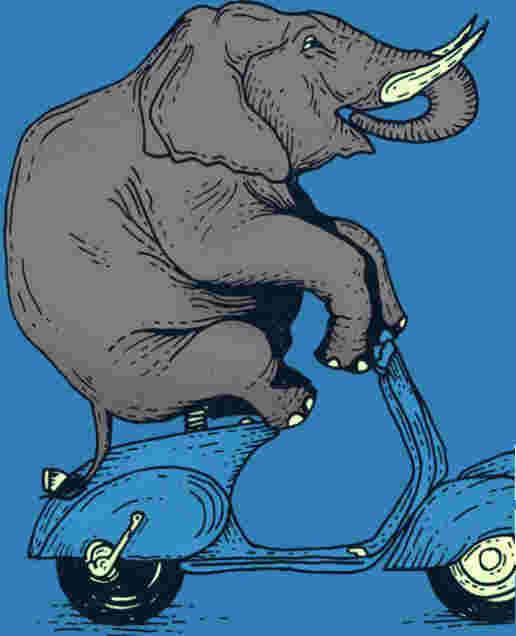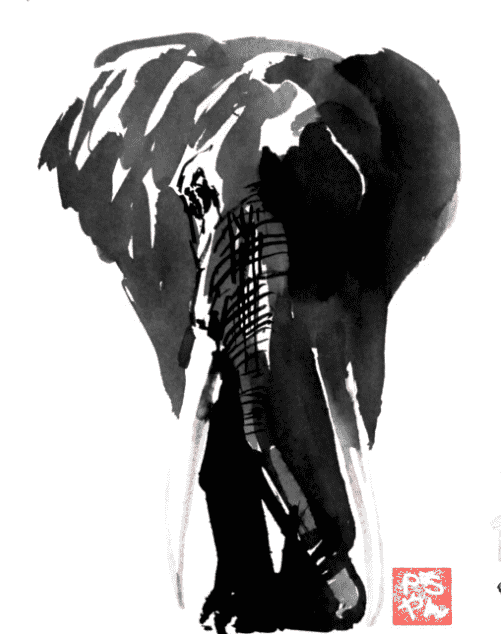According to the Red List of Threatened Species of the International Union for Conservation of Nature , the Asian elephant is endangered. Though it is not known exactly how many Asian elephants remain, it is believed that the population is decreasing. The African elephant is considered vulnerable. Overall, its populations are increasing. According to the African Wildlife Foundation, there are around 470,000 African elephants roaming the globe.
The elephant’s trunk is able to sense the size, shape and temperature of an object. An elephant uses its trunk to lift food and suck up water then pour it into its mouth.
Tusk’s mission is to amplify the impact of progressive conservation initiatives across Africa. The charity has earned a reputation for providing a highly efficient solution for funding wildlife conservation programmes. They partner with the most effective local organisations, investing in their in-depth knowledge and expertise. By supporting and nurturing their conservation programmes, they help accelerate growth from an innovative idea to a scalable solution.
Donate at: Tusk.org
The African elephant can be identified by its ears. Stretched out, its ears are shaped like the African continent. Asian elephants have smaller ears, which are more rounded on top and flat along the bottom. Heat radiates out of the elephant's massive ears, acting as a cooling mechanism.





